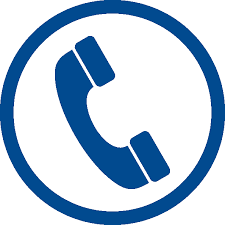Emergency Dental Care
What is Emergency Dental Care?

Happy Smiles Dental, your trusted provider of emergency dental care, specializes in promptly addressing urgent dental conditions. Our dedicated team is committed to relieving pain and preventing further damage caused by severe toothaches, broken teeth, lost fillings, knocked-out teeth, and gum infections. With our expertise and compassionate approach, we strive to restore your oral health and ensure your smile is a happy one. Trust Happy Smiles Dental for immediate and comprehensive emergency dental care.

Pain Relief
Emergency dental care offers quick and effective pain relief for severe toothaches or dental injuries, ensuring immediate comfort for patients. Swift Diagnosis: Emergency dentists rapidly evaluate the cause of dental pain and discomfort, enabling them to provide targeted treatment solutions promptly.
Prevention
Prevents damage, avoids complications. Temporary Repairs: Protect, minimize risks. Seeking immediate emergency dental care prevents damage and complications, ensuring optimal oral health. Repairs provide temporary protection, minimizing risks for improved dental well-being.
Preservation
Dr. Alireza Hamidzadeh provides swift actions to increase re-implantation chances. Prompt treatment prevents infections, maintains oral health. With expert guidance and preventive measures, We ensures comprehensive dental care for better overall well-being and long-term oral health outcomes.
Emergency Dentist in Maryland
Don’t let fear or uncertainty prevent you from getting the emergency dental care that you need. With the right resources at your disposal and a little bit of knowledge on your side, you’ll be able to navigate any dental emergency with confidence and ease.





